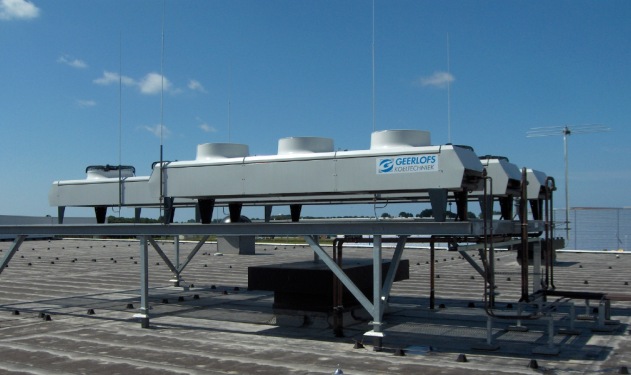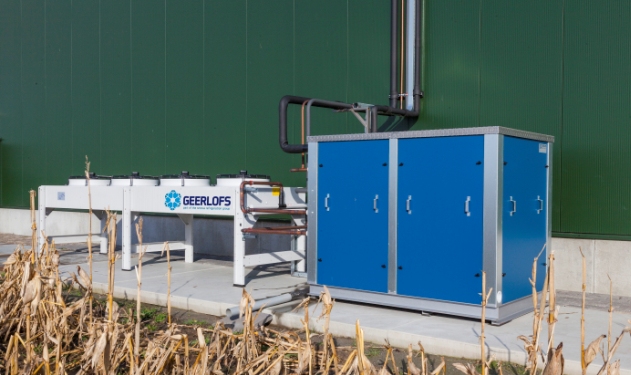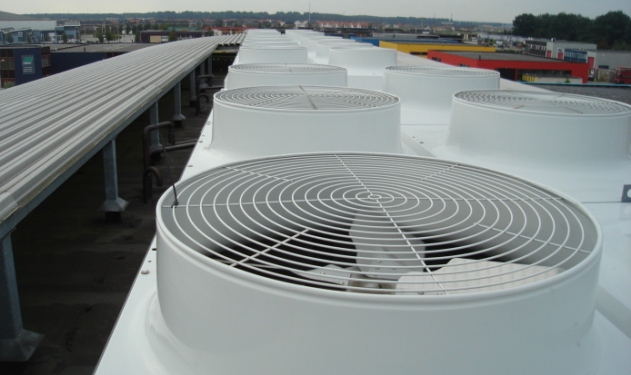Call 24/7 to
+31 70 319 24 00
service@geerlofs.nl
More about our service?
- Home
- About us
- References
- News
- Markets
- Products
- Service
- Contact

The condenser is a lesser known component of great, if not crucial importance. The transport of heat is a special technique. The transfer of energy, in this case heat, to the environment is a remarkable phenomenon for many clients and investors.
The choice of condenser will be based on the preferred cooling technique, the temperature in the cooling and freezing rooms and the climate conditions. The objective often is the lowering of the condensation temperature as this will result in energy savings. This could, if specific requirements are met, create possibilities to receive subsidies.

Another possibility is the reuse of surplus heat that is formed in the cooling process. After all, why would you send this heat outside, if you can use it inside the building for floor heating or to heat water necessary for the process?
By storing the energy, or transporting it to spaces or processes that require heat, an energy-saving installation will be transformed into an energy-providing installation.

By lowering the condenser pressure, we may be able to achieve energy savings of about 15-20 %. The outside temperature attributes to this reduction due to a natural process. Hence, even without additional cost one can save money.
Examples of condensers are air-cooled and water-cooled condensers, evaporative condensers and hybrid models.
